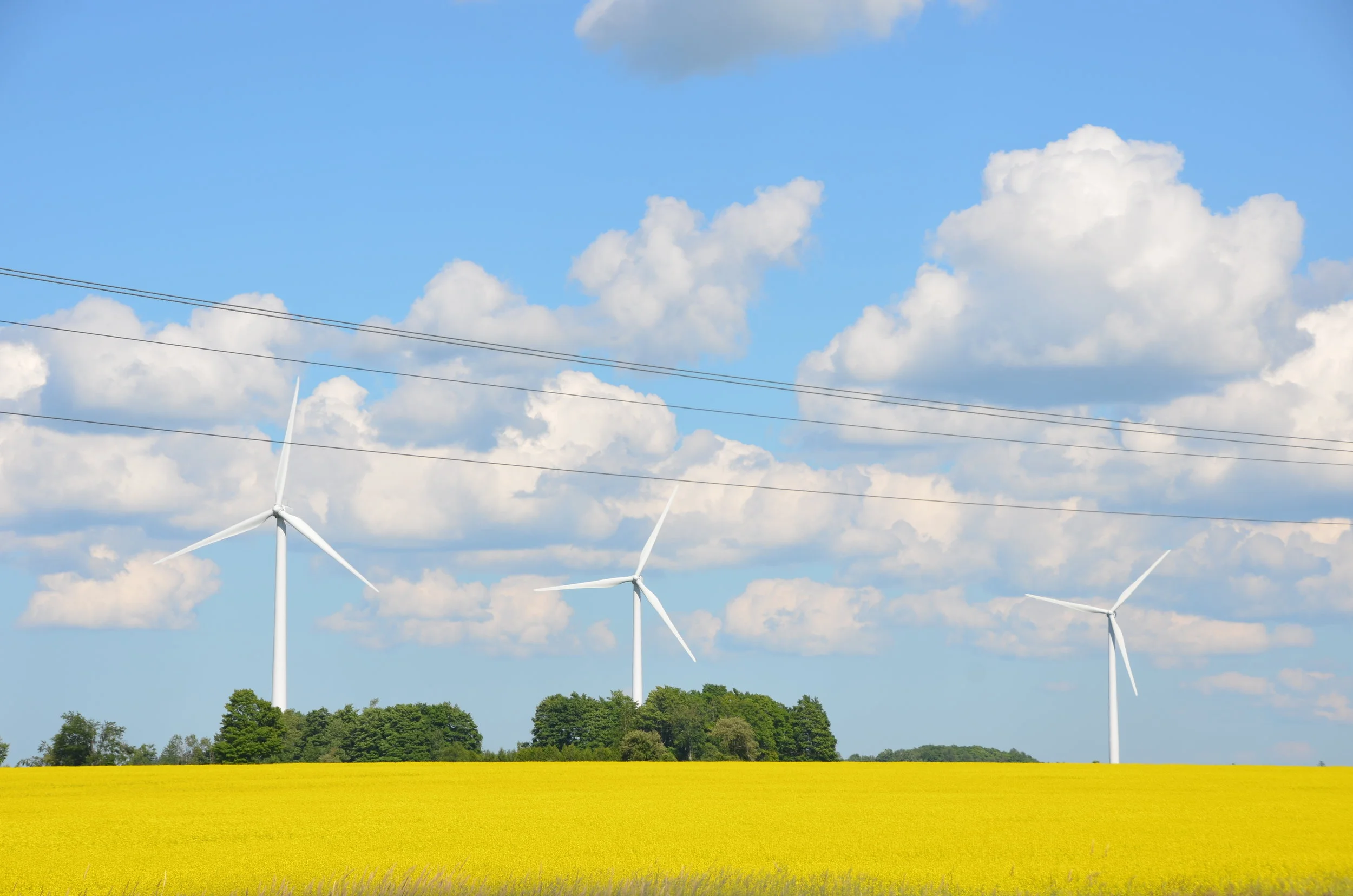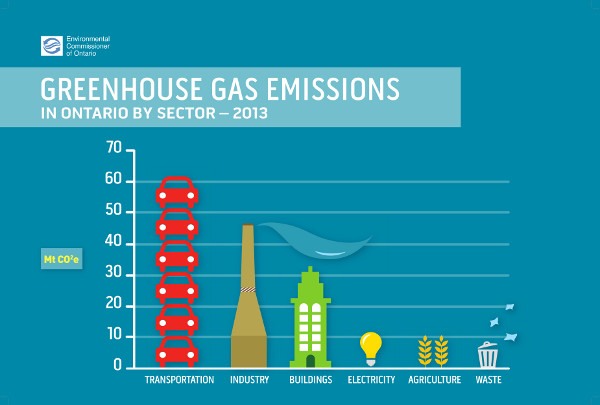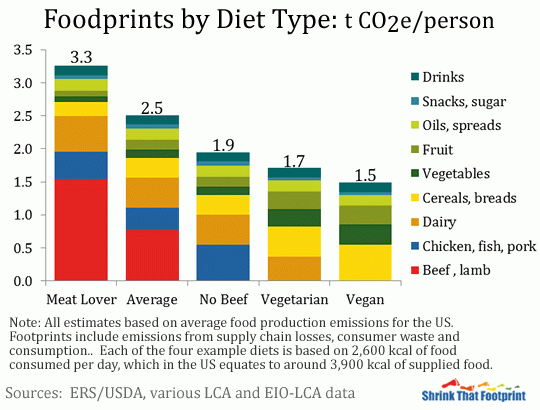“No one can do everything, but everyone can do something”
Ten Actions to Combat Climate Change in Ontario
1. Talk and Learn About Climate Change
One of the most important things we can do is talk about climate change and any actions we are taking to mitigate it. Talking about sustainability helps our friends and family understand the concrete measures they can take. Consider attending events sponsored by Climate Impact and others to learn about climate change. Check out the on-line Climate Change Atlas, which is a fantastic resource. To keep up with the latest climate news, follow Climate Impact on Facebook.
2. Get Political
Vote for politicians that will take action on climate or demand action of those politicians currently in power. They will not take bold action unless we demand it!
To find your local MP, click here.
To find your local MPP, click here
To find your local city councillor, click here.
Or join a climate protest march, such as Fridays for Future marches.
3. Green Your Commute
In Ontario, transportation accounts for 35% of emissions. Whenever you can:
Walk or bike (especially for short trips)
Car pool
Take public transit
Switch to an electric or hybrid vehicle (Visit the Discovery Centre to test drive a few models)
Work from home once a week or more if you can
Batch your errands to reduce kilometers driven (and save time and money!)
4. Fly Less
As much as we love travelling, one transatlantic flight represents 1/3 of an average Canadian's annual emissions! And Canadians have one of the highest per capita greenhouse gas emissions in the world. Consider having a staycation in Ontario or taking the train. Here is a calculator to determine your carbon footprint the next time you are considering a trip. You can also off-set your emissions through reputable off-setters, such as Carbonzero.
5. Eat Less BEEF and Waste Less Food
Annual Foodprint - tonnes CO2 eq/person
Globally, animal agriculture accounts for at least 13% of emissions, and much more if associated deforestation is taken into account. The graph to the right shows that by just eliminating beef we can significantly reduce our emissions from our diet. Eating more pulses and vegetables is also better for our health! Lastly, we should waste less food. Up to 40% of all food is wasted, including all the energy used to produce it!
6. Heat Your Home or Business Efficiently
In Ontario, buildings account for 21% of emissions. By becoming more efficient, you save money and pollute less:
Install a programmable thermostat and turn the temperature down at night
Insulate and winterize your home to prevent heat from escaping
Look into rebates from Enbridge to winterproof your home
Install thermal pane windows
Consider a cold climate air source heat pump, which is powered by low carbon electricity instead of natural gas
7. Refuse, Reduce, Reuse and Recycle (and Share)
To manufacture stuff we buy requires energy (often generated using fossil fuels). The more we buy, the more emissions produced (see figure below). Next time you are out at the mall, think about whether you really need to buy something or buy less of it. Or consider buying used or borrowing the item. You'll save money and help reduce emissions!
8.Support Carbon Pricing
Most economists agree that pricing carbon pollution is one of the most cost-effective ways to reduce emissions. Plus funds raised are typically directed towards initiatives that promote clean technologies or energy efficiency. Check out what the Ecofiscal Commission has to say about carbon taxes.
9. GREEN YOUR PORTFOLIO
We all can make a huge difference by redirecting where we invest our money. Consider divesting from oil and gas sector investments and investing in companies focused on renewable energy, energy efficiency, water conservation, sustainable agriculture, and plant-based products. Shifting capital is one of the fastest ways to drive change. Also contact your pension fund and demand that they divest from fossil fuels and consider the climate risk of all their investments. Click here to learn about ShiftAction.
10. Adopt AND SUPPORT Renewable Energy
Right now Ontario’s electricity grid is about 92% low carbon (roughly 58% nuclear, 24% hydro, 8% wind, 2% solar, in 2018). Natural gas is used to meet peak demand, particularly on hot summer days. However, the Pickering nuclear plant will be shut down in 2024 and other nuclear power plants will be undergoing refurbishment. This could mean that the Province will need to burn more natural gas (a fossil fuel releasing carbon dioxide) unless more utility-scale renewable energy systems are installed. Therefore, the more solar panels that individual homes, businesses, and governments install, the less natural gas we need to burn in the future.





